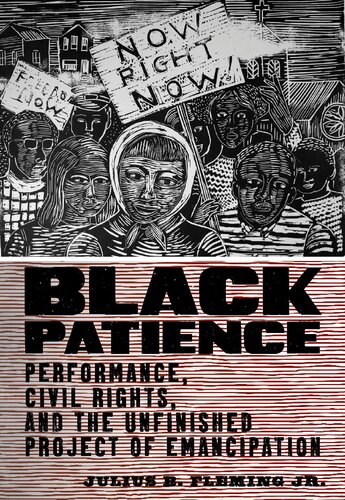

Most ebook files are in PDF format, so you can easily read them using various software such as Foxit Reader or directly on the Google Chrome browser.
Some ebook files are released by publishers in other formats such as .awz, .mobi, .epub, .fb2, etc. You may need to install specific software to read these formats on mobile/PC, such as Calibre.
Please read the tutorial at this link: https://ebookbell.com/faq
We offer FREE conversion to the popular formats you request; however, this may take some time. Therefore, right after payment, please email us, and we will try to provide the service as quickly as possible.
For some exceptional file formats or broken links (if any), please refrain from opening any disputes. Instead, email us first, and we will try to assist within a maximum of 6 hours.
EbookBell Team

4.0
76 reviewsA bold rethinking of the Civil Rights Movement through the lens of Black theater
“Freedom, Now!” This rallying cry became the most iconic phrase of the Civil Rights Movement, challenging the persistent command that Black people wait―in the holds of slave ships and on auction blocks, in segregated bus stops and schoolyards―for their long-deferred liberation.
In Black Patience, Julius B. Fleming Jr. argues that, during the Civil Rights Movement, Black artists and activists used theater to energize this radical refusal to wait. Participating in a vibrant culture of embodied political performance that ranged from marches and sit-ins to jail-ins and speeches, these artists turned to theater to unsettle a violent racial project that Fleming refers to as “Black patience.” Inviting the likes of James Baldwin, Lorraine Hansberry, Alice Childress, Douglas Turner Ward, Duke Ellington, and Oscar Brown Jr. to the stage, Black Patience illuminates how Black artists and activists of the Civil Rights era used theater to expose, critique, and repurpose structures of white supremacy. In this bold rethinking of the Civil Rights Movement, Fleming contends that Black theatrical performance was a vital technology of civil rights activism, and a crucial site of Black artistic and cultural production.